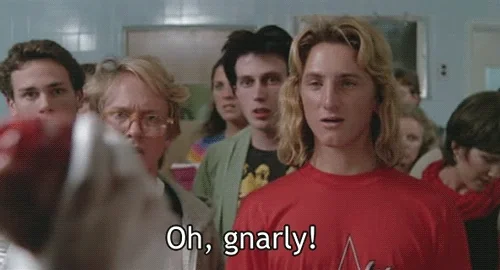Originally published at: A dead man's body was dissected in an "Oddities and Curiosities" show to a paying audience without consent | Boing Boing
…
This sounds very much like how rich Europeans used to unwrap mummies in social settings, after chugging across the African continent in steam trains powered by burning those same mummies like cordwood.
Lots of money and little empathy makes people gross. Stop it, everyone.
Dr. Colin Henderson, a retired professor of anatomy from the University of Montana in Missoula
That’s how his obituary would have read before it became “Dr. Colin Henderson, carnie ringmaster of a ghoulish sideshow attraction”. I hope his corpse is treated with the same level of dignity he conferred on this gentleman’s.

The ethical issues of using a cadaver for entertainment should’ve been dead obvious to them.
Tbh kinda surprised that Musk’s name wasn’t attached to this venture…
No worries though, I’m sure his douchebaggery will pop up elsewhere
While I am not opposed to lay people experiencing an autopsy or dissection (for two days we were able to sketch cadavers used by the anatomy class at college), it should be clear to someone donating their body that it could be an option.
There’s probably a body of case law.
As long as the dead dude got the money, there’s no issue here. /s
Obligs:

“Righteous bucks!”
How to train your serial killer.
AFAIK in UK donations like this mean, in effect, that your corpse is most likely to end up on a dissection table for genuine medical students to learn with. But, again AFAIK, medical schools here don’t sell tickets to these parts of the medical training course.
How is this different from the “Body World” and similar art exhibitions that garnish such media fawning and critical acclaim? Those corpses were obtained under similar deceptive and illegal circumstances last I read, but were still traveling around the world.
I am not sure that is correct. Where did you read it?
All of our specimens are made in Germany and stem from body donors who donated their bodies with willed legal consent in their lifetime, for the education of future generations.
Well, a quick google on “Cadavers on display” turns up the following hits among the first links:
So it was probably one of those

I haven’t seen the exhibit, but I think that such things can be a profound and educational experience.
But as the links posted by the other poster, it does look like there was evidence of some of the cadavers being obtained from less than legitimate means.
(Ironically, that is how medical schools also got their cadavers - executed prisoners. And also out right grave robbing of “John Does” and poor people.)
Well the first and third links are not von Hagens, but are troubling. I was not aware another company was doing touring plastination exhibitions.
The second link is about von Hagens, and does raise concerns about the sources of bodies that are plastinated and sold to medical schools as opposed to those put on display in touring exhibitions. Even so, his company’s claim about will legal consent may be questionable if the paper trail for any of those bodies later sent to medical schools is not all perfectly in place, which the article suggests may be the problem.
A key passage is this:
Five years ago, customs officers intercepted 56 bodies and hundreds of brain samples sent from the Novosibirsk Medical Academy to von Hagens’ lab in Heidelberg, Germany. The cadavers were traced to a Russian medical examiner who was convicted last year of illegally selling the bodies of homeless people, prisoners and indigent hospital patients.
Von Hagens was not charged with any wrongdoing, and says his cadavers are obtained only through proper legal and ethical channels.
Still, NPR has learned there’s no clear paper trail from willing donors to exhibited bodies. People donating their bodies to von Hagens send consent forms to his Institute for Plastination. They pay to have their bodies transported to a plastination facility. There, their donor forms and death certificates are checked.
That paperwork is then separated from the bodies, which can be used for displays or sold in pieces to medical schools. No one will know for sure, because each plastinated corpse is made anonymous to protect its privacy.
Hans Martin Sass, a philosophy professor with a speciality in ethics, was hired by the California Science Center to investigate Body Worlds before the show’s U.S. debut in 2004. He matched over 200 donation forms to death certificates, but he did not match the paperwork to specific bodies von Hagens has on display.
(Of course, that was 2006 and he’s long since dead now. I’ve no idea who is running the company these days and how their ethics stack up.)